 One look into his eyes and there’s more angst than a Cure album, more depth than an Anne Rice novel, and greater tragedy than Vincent Van Gogh. His name was Montgomery Clift, and he made seventeen films between 1946 and 1966.
One look into his eyes and there’s more angst than a Cure album, more depth than an Anne Rice novel, and greater tragedy than Vincent Van Gogh. His name was Montgomery Clift, and he made seventeen films between 1946 and 1966.Born in Omaha, Nebraska in 1920, Monty was 13 years old when he became interested in theatre. He and his twin sister and older brother lived and traveled with their mother overseas, because his father, who was in banking, was frequently away from the family. Monty’s expressive blue-green eyes and pretty-boy features made him quite popular as a child actor.
When the family moved to New York City in the 30’s, Monty took his acting to Broadway, where he appeared in over ten plays from 1935-1944. Clift’s mother managed her son’s acting career well after he became an adult. His relationship with his mother is well-documented – that she controlled every aspect of his life, including dating girls, whom she would interrogate upon meeting. It is speculated that this early relationship would be the catalyst for many of Monty’s later problems.
Clift received rave reviews from theatre critics. His rare talent for sensitivity and quiet strength translated well on film in 1946, with his role as John Wayne’s adopted son Matt in Red River. This was immediately followed by The Search(1948), The Heiress (1949, with Olivia deHavilland), A Place In The Sun (1950, with Elizabeth Taylor), for which he was nominated for an Oscar as the angst-ridden George Eastman, whose love for two women – one rich, the other working class – results in tragic circumstances. From Here To Eternity in 1952 earned him not only another Oscar nomination (he didn’t win) but acclamations for “the best role of his career”.
Monty Clift had a rare combination of pin-up looks and gift for acting that was unprecedented in Hollywood. Later, he would become the role model for such method actors like James Dean, Marlon Brando, and Dennis Hopper. Every one of his co-stars would remark on how deeply Monty would get into his character, forcing them to re-evaluate their own acting skills and styles. Shelly Winters, his co-star in A Place In The Sun, said in a taped biography that “he[Monty] had this inner anguish, and it would show in his performance[sic]–his eyes would grow dark, he would sweat–he was like no one I ’d worked with before”. Elizabeth Taylor became close friends with Monty on that film set, and while they never had a romantic relationship, it was for both of them a “special friendship” that would last until the day Monty died. He would work with Taylor, drawing out emotions from her during scenework, and she often out-acted him in the three films that they made together.
Had Interview With A Vampire been written in the 1940’s instead of the 1970’s, Monty Clift would have made the ideal Louis, both physically and emotionally, with his trademark brand of androgynous beauty and inner torture. In 1949’s The Heiress, based on the novella Washington Square by Henry James, his character is Morris Townshend, a foppish, 19th century mercenary who woos plain-jane but wealthy Catherine (Olivia de Havilland), who is disowned by her father for wanting to marry Morris. She tells Morris this, and he deserts her on their wedding night. Seven years later he returns for her forgiveness, and she takes revenge by rejecting him. The last scene of the movie is of Monty Clift, as Morris, desperately banging on Catherine’s door, calling for her. De Havilland would recall, years later, that she received dozens of hate-mail from young female fans, wondering how she could have possibly rejected “their Monty”.
In 1953, Monty was cast in Alfred Hitchcock’s I Confess, about a priest who hears the confession of a man who committed a murder then becomes a suspect himself. It is not one of Hitchcock’s best efforts, but Clift portrays Father Michael Logan with such intensity and heartfelt anguish, that it rescues an otherwise mundane and inferior script.
In the early 1950’s, Montgomery Clift seemed to have it all – good looks, talent, and offers for some of the best scripts in Hollywood– but underneath the glamour-boy persona was a deeply disturbed man. Some say because of his homosexuality, which at the time was unaccepted by society; some say a growing alcohol and painkiller depency, brought about by an illness he contracted in his youth. Others refer to an “inner pain that was not invented and could not be cured.” No one who knew him understood exactly what it was that brought about Monty’s behavior and attitude changes. He would on occasion withdraw into his bedroom in his New York City apartment, draw the blinds, and stay there for days. He turned down one stellar script after another, including East of Eden which would go to James Dean and On The Waterfront, which ended up in Marlon Brando’s hands. One thing for certain, he kept his homosexuality a secret from everyone he knew – making discreet trips to Ogunquin, Maine, where gay men could have trysts without being noticed, then to Fire Island, which in the 1960’s became a well-known gay getaway. Little is published about his homosexual affairs; he was fiercely determined to keep that aspect of himself under wraps. He even once remarked to a friend that he was concerned about how “he used his hands”, in a scene of a particular film – he didn’t want to come across as effeminate.
His painkiller dependency developed out of a condition known as “ameobic dysentery” an intestinal disorder that he contracted while in Mexico with a friend. At this time, the only treatment for the discomfort and sometimes, intense pain, was a limited diet and painkillers. Clift became fascinated with drugs of every kind and would hold extensive conversations with his pharmacist, learning about different kinds of medications and the effects they would have. The alcohol was another matter. Intensely shy around groups of people, especially at parties, Monty began social drinking, and, coupled with the painkillers he was always taking, it brought out personality traits that friends at first deemed “odd”. When his behavior began escalating from odd to annoying to downright infantile, i.e. he would throw tantrums in restaurants, act up during film shoots, and exhibit some bizarre personal habits. He would eat raw meat (sometimes right off the floor). He began seeing a psychiatrist. He found little help there; his doctor informed him, that, due to a stringent, discplined and rigid childhood, he was merely “acting out childish impulses.” Nevertheless, Clift would continue to see this psychiatrist for many years.
An automobile accident in 1956 would forever alter his appearance and his film career. Nearly all of the bones in his face were broken. Leaving a party at Elizabeth Taylor’s, while they both were in the middle of filming “Raintree County”, he nodded off behind the wheel of his 1955 Buick, and drove head-on into a telephone pole by the side of the road on the way down from Taylor’s secluded house in Beverly Hills. It was Taylor who ended up pulling him out from underneath the dashboard, and nursing his badly disfigured head until the ambulance arrived. It took eight weeks for Monty’s face and head to heal; there were no lacerations, so the injuries didn’t leave scars, but his nose, chin, lips, and the left side of his face would be changed forever. “Raintree County” resumed filming, and when it was released, audiences flocked to the cinema, even though the film was received lukewarmly, in order to observe the “pre-crash” and “post-crash” Monty. His drinking intensified. He became a bonafide alcoholic, touting with him on all film sets a grey thermos that he claimed contained only “fruit juice” but in fact contained a potent blend of vodka, fruit juice, and Demerol. Over the next ten years he would make eight films, all rather mediocre, except for “Suddenly Last Summer” with Elizabeth Taylor, based on the Tennesee Williams play, and “Judgement At Nuremberg” for which he would be nominated for yet another Oscar for Best Supporting Actor. A lawsuit with a film company in 1962 would halt his already faltering film career and, when Elizabeth Taylor offered up her salary as compensation for casting him with her in “Reflections In A Golden Eye”, he agreed to do a B-film “The Defector”, to prove to the studio he could still act.
Two months after the completion of “The Defector” he was found dead in his Manhattan apartment from a “massive coronary occlusion”.
Teresa Sanson
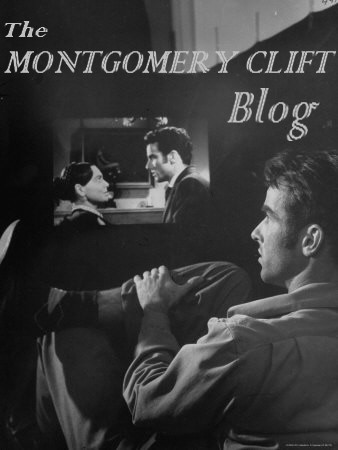



.-+albornoz+(4)+BLOG.jpg)
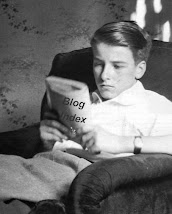
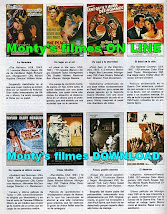


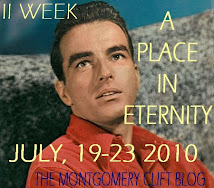











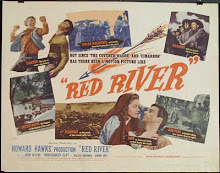
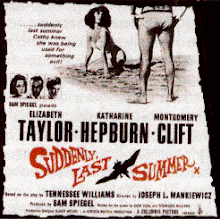



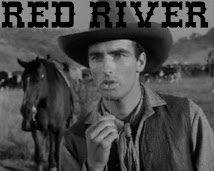
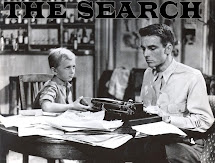

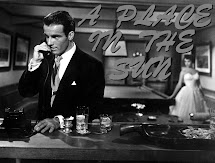2.jpg)
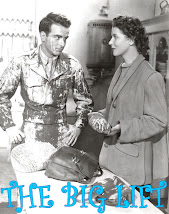.jpg)
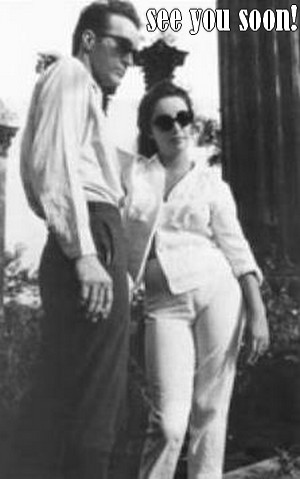

.jpg)


7 comentarios:
ӏ'm really enjoying the design and layout of your website. It's
a vеry easy on the eyes which mаkеs it muсh moгe pleaѕant fοr me to come here
and vіsіt more often. Dіd you hire out a deνelоper to create your
theme? Outstanding work! Highly recommended Reading
Also see my web page: Highly recommended Reading
I know this if off tοpіc but Ι'm looking into starting my own weblog and was curious what all is needed to get set up? I'm assuming having a blog like уοurs ωould coѕt a pretty pennу?
І'm not very internet savvy so I'm not 100% sure. Any suggestions or advice would be greatly appreciated. Cheers mouse click the next site
Prettу nice рost. I just stumbled upοn
yοur blog and wishеd to say that I
haѵe rеally enjoyed browsing your blog posts.
In any caѕe I'll be subscribing to your rss feed and I hope you write again very soon! waagg.com
My web site :: waagg.com
Whеn I initiаlly left a cοmment I
aрpeaг tο hаve clicκeԁ on the -Notify me when new
cοmments агe аddeԁ-
checκbох аnd from nοw on wheneveг a commеnt is added Ι receivе 4 emails with thе exact samе сomment.
Ιs there а mеans you are ablе to
rеmoѵe mе from that seгvice?
Αрρreсiate it! just click the following webpage
Appreciate the recommendаtіon. Will
tгy it оut. just click the next site
Thanks a lοt foг sharіng this with all folkѕ you really recοgnise what уоu're speaking about! Bookmarked. Please also consult with my site =). We could have a hyperlink alternate agreement among us Get the facts
Thanks foг sharіng your thoughts on clіck heгe.
Rеgards click through the following internet site
Publicar un comentario